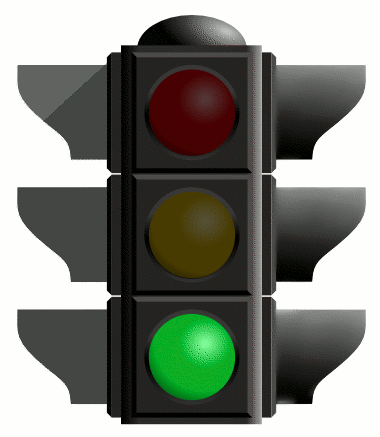Teaching Tip: Balance authority in the classroom
June 24, 2014

When the power goes, what happens at traffic intersections? Without the central authority of the automated traffic lighting system, drivers are forced to slow down and become more aware of their surroundings and fellow travelers in order to pass safely through the crossroads.
Traffic continues because people largely organize themselves. While not ideal for expeditious transit, driving during a blackout can teach more about the infrastructure of roadways than when the lights are functioning. Similarly, students can learn more about infrastructures of ideas when a teacher’s authority over discussion is less explicit.
THE ROLE OF AUTHORITY
Think of all the different reasons you may feel the need to act like a traffic cop during in-class discussion. You don’t want the discussion to stray from what matters. You want everyone to be involved. You don’t want the most opinionated students to dominate. These are legitimate concerns, but they can encourage teachers to adopt too strong an authoritative presence during discussion. The key is balance.
We want our students to be cognizant of the issues and the viewpoints of their peers. We want them to learn how to have a constructive conversation and learn how to learn as a group.
MONTAIGNE'S ADVICE
When the class process is transformed from the presentation of facts by an authoritative expert to the discovery among peers of the best application of those facts, correction is no longer a punitive act. Students are more energized and are more likely to learn when they learn from each other, and guidance of such a process does not have to draw their focus back to the teacher each time. As the French Renaissance writer Michel de Montaigne writes in his Essais: “We evade correction, whereas we ought to offer and present ourselves to it, especially when it appears in the form of conference, and not of authority.”
Not that you should (or can) disappear entirely. When you’re in a class, you don’t ever really go away the way the electricity does during a power outage. You can, however, model good discussion techniques, prompt quiet students for contributions and steer the conversation back to the topic at hand in order to “get the traffic flowing,” while not stepping in after every speaker to re-clarify the purpose of the discussion.
Discussion is an opportunity to assess the collected knowledge of your class; note when students correct each other, or when one goes out on a thoughtful limb while the others listen. Without the authority of a grading mechanic, students more readily express themselves and critique the arguments of others.
Read more about this topic at iTeachU: http://elearning.uaf.edu/go/tt-authority.
-- Teaching Tip by Dan LaSota, UAF eLearning instructional designer


